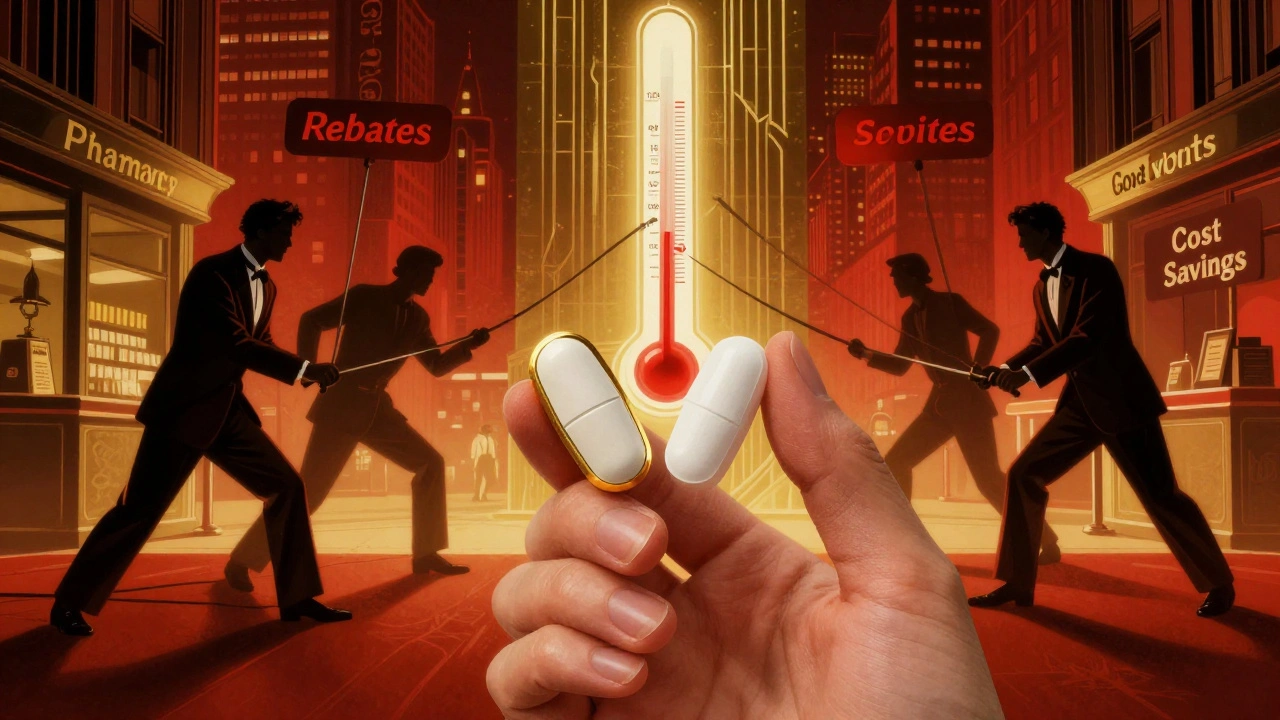Side Effects: Spotting, Understanding, and Managing Medication Reactions
Every time you start a new pill, cream, or inhaler, there’s a chance it could cause something you didn’t plan for. Those unwanted reactions are called side effects. Knowing what they look like, why they happen, and how to deal with them can keep you from getting caught off guard.
First off, not every reaction is a disaster. Some side effects are mild and disappear on their own – a little drowsiness, a dry mouth, or a temporary headache. Others may signal that the drug isn’t right for you or that the dose needs adjusting. The key is to pay attention, keep notes, and talk to a professional before you ignore anything that feels off.
Common Types of Side Effects
Side effects fall into a few broad buckets. Gastrointestinal issues like nausea, constipation, or stomach pain are the most common because many drugs pass through the digestive system. Neurological reactions include dizziness, tremors, or trouble sleeping. If you notice a skin change – rash, itching, or discoloration – that’s another red flag to watch. Some medications cause cardiovascular changes such as a fast heartbeat or low blood pressure. Finally, psychological effects like mood swings, anxiety, or confusion can pop up, especially with antidepressants or steroids.
When you’re prescribed something new, the doctor or pharmacist will hand you a list of the most likely side effects. Use that list as a baseline, then add any new symptoms you experience. A quick notebook or a phone note works wonders: write the date, the dose, and what you felt. Over time you’ll see patterns – maybe the nausea shows up only after you take the drug on an empty stomach, or the headache eases when you stay hydrated.
When to Seek Professional Help
Most side effects are manageable at home, but a few warrant immediate attention. Call your doctor or go to urgent care if you develop any of the following:
- Severe allergic reaction – swelling of the face, lips, tongue, or difficulty breathing.
- Chest pain, rapid heartbeat, or significant changes in blood pressure.
- Persistent vomiting or diarrhea that leads to dehydration.
- Sudden mood changes, thoughts of self‑harm, or uncontrolled agitation.
- Any symptom that worsens quickly or doesn’t improve after a few days.
Even if the reaction seems mild, it’s worth a quick phone call. The provider may suggest a dose tweak, a different timing, or an alternative medication that fits you better. Never stop a prescription abruptly without professional guidance, especially for drugs like steroids, antidepressants, or blood thinners.
Here are a few practical steps you can take right now to minimize side effects:
- Take the drug with food or water if the label suggests it.
- Stay hydrated – many side effects improve with plenty of fluids.
- Set a reminder for the same time each day to keep blood levels steady.
- Pair the medication with a simple habit (like brushing teeth) to build consistency.
- Update your pharmacist whenever you add a new supplement or over‑the‑counter product.
Remember, side effects are a normal part of medication use. They don’t mean the drug is bad; they just mean your body is reacting. By tracking, asking questions, and acting quickly when needed, you keep the benefits of the medication while cutting down the downsides.
Got a specific drug in mind? Check out our individual articles for detailed side‑effect profiles and real‑world tips on how to stay safe while getting the most out of your treatment.




